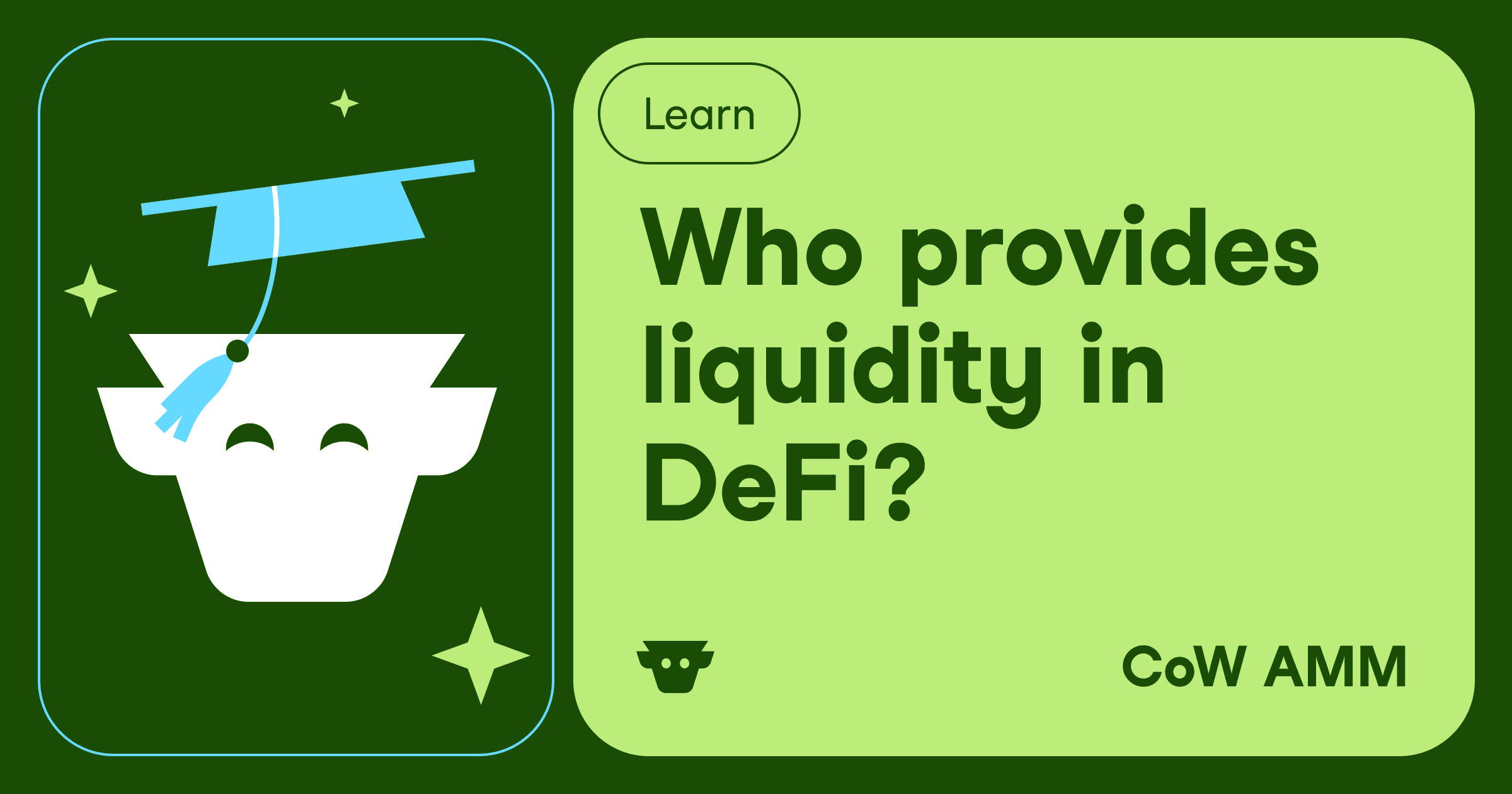How to analyze token holder distribution with Messari
Token holder distribution refers to how cryptocurrency tokens are spread across different wallet addresses and stakeholder categories. This distribution pattern reveals the concentration of ownership, potential selling pressure, and overall network decentralization. A well-distributed token typically indicates healthier long-term prospects and reduced manipulation risk.
Messari categorizes token holders into several distinct groups. Exchange holdings represent tokens stored on centralized trading platforms, which often indicate liquid supply ready for trading. Protocol treasury holdings encompass tokens retained by the founding organization for operational expenses, development funding, and strategic initiatives. Team and advisor allocations show tokens distributed to founders, employees, and early supporters. Investor holdings include tokens held by venture capital firms, institutional investors, and retail participants.
Accessing distribution data on Messari
Messari provides token holder distribution data through multiple interface sections. The Asset Profile section contains fundamental information about token allocation and initial distribution parameters. The On-Chain Data section offers real-time metrics about current holder patterns and concentration levels. The Research Reports section includes detailed analysis of distribution trends and their implications for specific projects.
You can navigate to any supported cryptocurrency project page and locate the distribution metrics in the tokenomics section. This area displays current holder concentration, historical distribution changes, and comparative metrics against similar projects in the same category.
Key metrics for distribution analysis
The Gini coefficient serves as the primary measure of token distribution inequality, ranging from zero to one. A coefficient approaching zero indicates perfect equality among holders, while values near one suggest extreme concentration. Most healthy crypto projects maintain Gini coefficients between 0.5 and 0.8, balancing necessary stakeholder incentives with broad distribution goals.
Top holder concentration metrics reveal the percentage of total supply controlled by the largest wallet addresses. Messari tracks the top 10, 100, and 1,000 holders to provide granular insight into concentration patterns. Projects where the top 10 holders control more than 50% of supply face significant centralization concerns and potential manipulation risks.
Holder count growth indicates network adoption and distribution expansion over time. Steady increases in unique holders suggest growing community interest and improved distribution. Sudden spikes often correlate with major announcements, exchange listings, or airdrop events.
Analyzing exchange holdings and liquidity
Exchange holdings represent a crucial component of distribution analysis because they indicate immediate selling pressure and market liquidity. High exchange concentrations suggest that significant token amounts could enter the market quickly, potentially causing price volatility.
Consider a hypothetical scenario where a decentralized finance protocol token shows 40% of its total supply held across major exchanges. This concentration indicates substantial near-term selling pressure and suggests that price movements could be amplified by relatively small trading volumes. Messari's exchange flow data helps identify when large amounts move to or from exchanges, providing early signals for potential price movements.
Conversely, a gaming token with only 15% exchange holdings and steady outflows to self-custody wallets demonstrates growing holder confidence and reduced immediate selling pressure. This distribution pattern typically supports more stable price appreciation during bull markets and better resistance during downturns.
Evaluating protocol treasury management
Protocol treasury analysis reveals how projects manage their native token reserves for operational sustainability and strategic flexibility. Messari tracks treasury balances, spending patterns, and allocation strategies to assess long-term viability.
A well-managed treasury maintains sufficient reserves for multi-year operations while avoiding excessive concentration that could destabilize markets. For example, a Layer-1 blockchain protocol might hold 20% of total token supply in treasury, allocated across operational expenses, ecosystem development grants, and strategic partnerships. Messari's data shows spending velocity and reserve runway calculations to evaluate sustainability.
Treasury diversification also matters significantly. Projects holding 90% of reserves in their native token face substantial risk during market downturns. Protocols that convert portions of treasury holdings to stablecoins or other assets demonstrate prudent risk management and operational planning.
Understanding vesting schedules and token unlocks
Token vesting schedules control when different stakeholder groups can access their allocated tokens, directly impacting distribution patterns and potential selling pressure. Messari tracks upcoming unlock events and their potential market impact through detailed vesting calendars.
Team and investor vesting typically follows multi-year schedules with cliff periods and gradual releases. A technology protocol might implement four-year vesting for team tokens with a one-year cliff, meaning no team tokens become tradeable for twelve months, followed by monthly releases over the remaining three years. These schedules prevent immediate selling while maintaining long-term alignment.
Major unlock events can significantly impact token prices and distribution patterns. When a project faces a 25% supply increase from investor token unlocks, Messari's analysis helps predict potential selling pressure and market absorption capacity. Historical data shows how similar projects navigated comparable events.
Comparative distribution analysis
Messari enables comparative analysis between projects within similar categories, providing context for distribution evaluation. Gaming tokens, decentralized finance protocols, and infrastructure projects each maintain different optimal distribution patterns based on their operational requirements and stakeholder structures.
A comparison between two competing decentralized exchange tokens might reveal significant distribution differences. Protocol A shows 60% community distribution with 15% team allocation, while Protocol B maintains 45% community holdings with 25% team tokens. These differences suggest varying approaches to decentralization and long-term sustainability.
Category benchmarks help identify outliers and potential concerns. When a new decentralized finance protocol launches with 50% team allocation while category averages maintain 20%, this concentration raises legitimate concerns about centralization and alignment with community interests.
Identifying distribution warning signs
Several distribution patterns indicate potential risks or poor tokenomic design. Extreme concentration among top holders creates manipulation risks and limits true decentralization. When fewer than 100 addresses control 80% of supply, the project faces significant centralization concerns.
Unusual holder behavior patterns also warrant attention. Sudden large-scale token movements between wallets might indicate coordinated selling preparation or market manipulation attempts. Messari's transaction flow analysis helps identify these concerning patterns before they impact prices.
Stagnant distribution metrics suggest limited community growth and adoption challenges. Projects showing minimal changes in holder counts or concentration levels over extended periods may face fundamental adoption issues requiring deeper investigation.
Practical application and decision making
Token holder distribution analysis should integrate with broader fundamental analysis for optimal decision-making. Distribution metrics provide context for price movements, governance participation, and long-term sustainability assessments.
Investment decisions benefit from distribution analysis at multiple levels. Short-term trading strategies can incorporate upcoming unlock events and concentration risks. Long-term investment evaluation should emphasize distribution trends, community growth, and stakeholder alignment indicators.
Governance participation analysis also relies heavily on distribution metrics. Protocols with highly concentrated holdings may struggle with legitimate decentralized governance, as small groups control voting outcomes. Messari's governance section combines distribution data with voting participation metrics for comprehensive analysis.
Token holder distribution analysis through Messari provides essential insights for cryptocurrency research and investment decisions. Understanding concentration levels, stakeholder categories, and distribution trends enables more informed evaluation of project sustainability, decentralization, and long-term viability. Regular monitoring of these metrics helps identify opportunities and risks in dynamic cryptocurrency markets.
Frequently asked questions
What is the Messari classification system?
Messari categorizes token holders into several distinct groups to provide clarity on ownership patterns. Exchange holdings represent tokens stored on centralized trading platforms, which often indicate liquid supply ready for trading. Protocol treasury holdings encompass tokens retained by the founding organization for operational expenses, development funding, and strategic initiatives. Team and advisor allocations show tokens distributed to founders, employees, and early supporters. Finally, investor holdings include tokens held by venture capital firms, institutional investors, and retail participants. This classification system helps analyze concentration levels and potential market dynamics.
How to analyze tokenomics?
Analyzing tokenomics requires examining several key metrics and distribution patterns. Start by reviewing the Gini coefficient, which measures token distribution inequality on a scale from zero to one - healthy crypto projects typically maintain coefficients between 0.5 and 0.8. Examine top holder concentration metrics, particularly avoiding projects where the top 10 holders control more than 50% of supply due to centralization risks. Monitor holder count growth over time to gauge network adoption, and analyze exchange holdings to understand immediate selling pressure. Additionally, evaluate protocol treasury management, including spending patterns and diversification strategies, while tracking vesting schedules and upcoming unlock events that could impact market dynamics.
What is token distribution in crypto?
Token distribution refers to how cryptocurrency tokens are spread across different wallet addresses and stakeholder categories. This distribution pattern reveals the concentration of ownership, potential selling pressure, and overall network decentralization. A well-distributed token typically indicates healthier long-term prospects and reduced manipulation risk. Distribution analysis examines various holder categories including exchanges, protocol treasuries, team members, advisors, and different types of investors. The goal is to achieve a balance between necessary stakeholder incentives and broad community distribution, as extreme concentration can lead to manipulation risks and governance centralization issues.
How to see token unlocks?
Token unlock events can be tracked through detailed vesting calendars that show when different stakeholder groups can access their allocated tokens. These schedules typically follow multi-year timelines with cliff periods and gradual releases - for example, team tokens might have four-year vesting with a one-year cliff period, followed by monthly releases. Major unlock events can significantly impact token prices when they represent substantial supply increases. Vesting schedules are designed to prevent immediate token dumping while maintaining long-term stakeholder alignment. Monitoring upcoming unlock events helps predict potential selling pressure and assess whether the market has sufficient absorption capacity for the additional supply.

